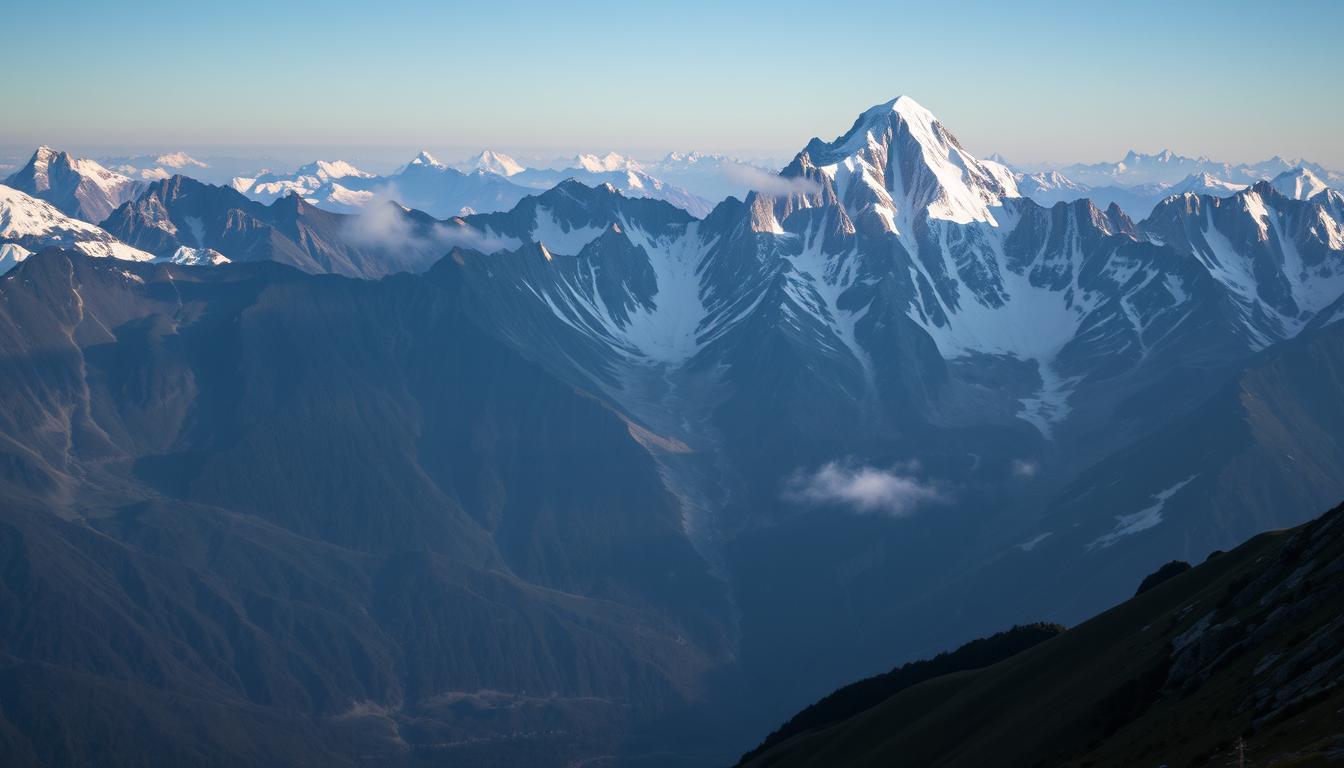Nepal
Explore Our Exciting Packages
Discover Unforgettable Adventures Await in Nepal
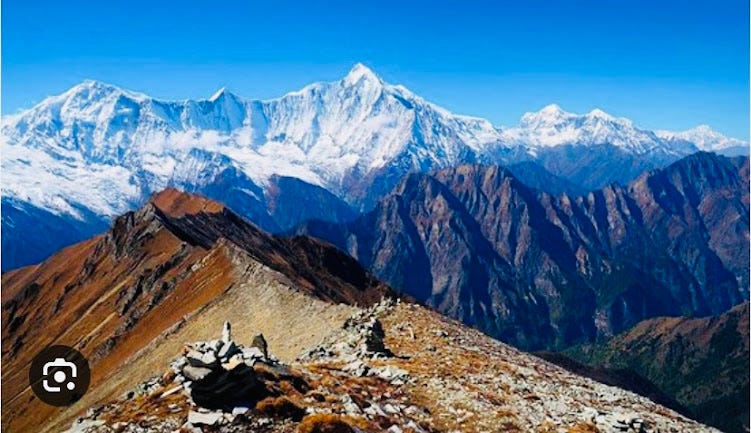
20 Days
Annapurna Nar-Phu Valley Trek
NPR 1000 Per Person
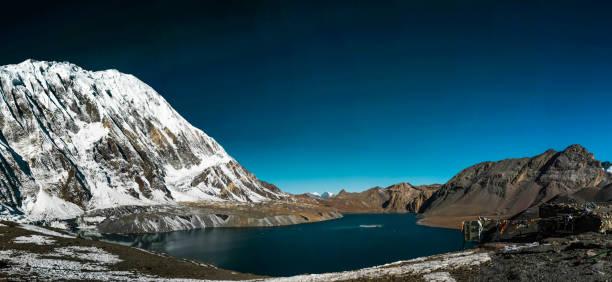
21 Days
Annapurna Tilicho Trek
NPR 1000 Per Person
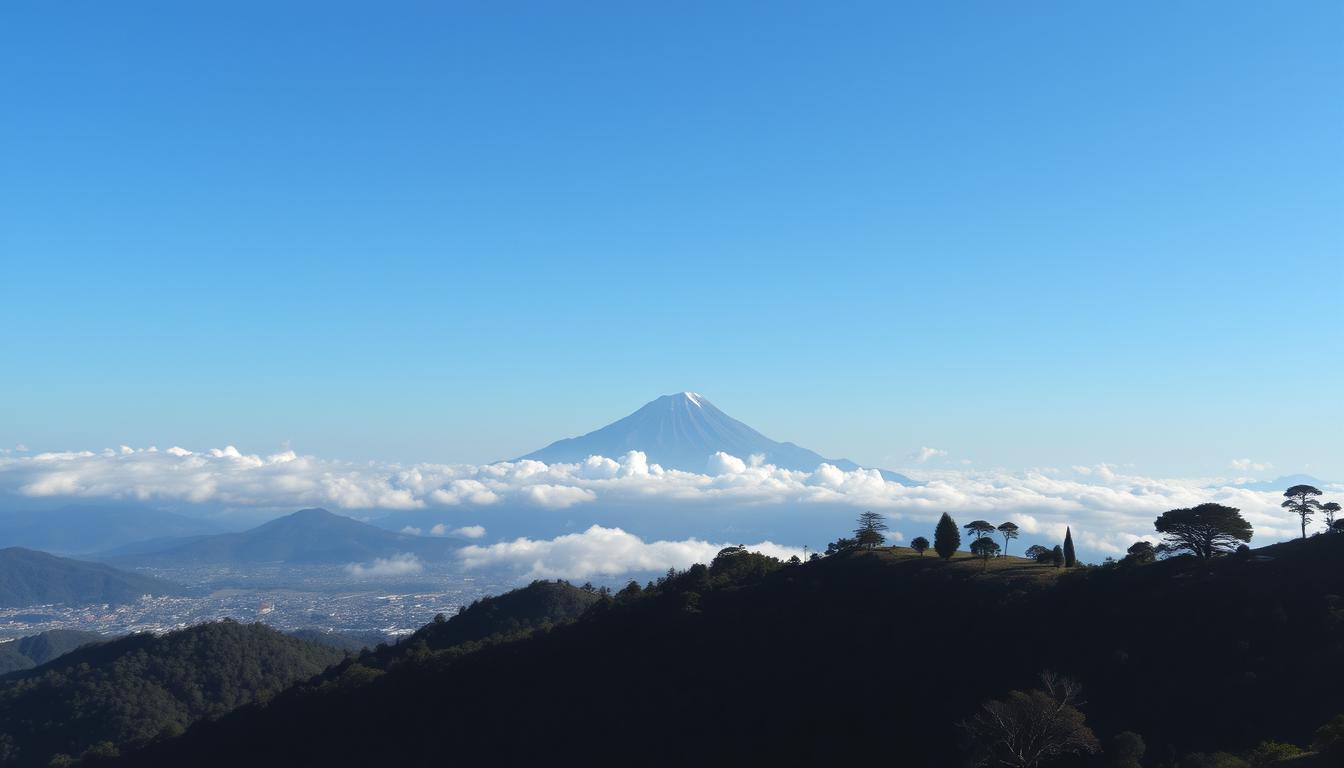
6 Days
Ghorepani Poonhill Trek
NPR 1000 Per Person
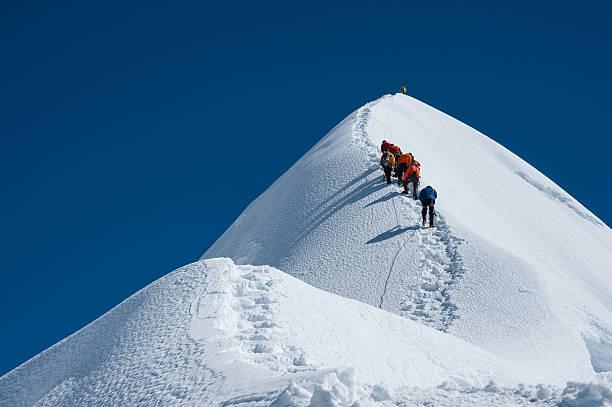
18 Days
Imja Tse (Island Peak)
NPR 1000 Per Person
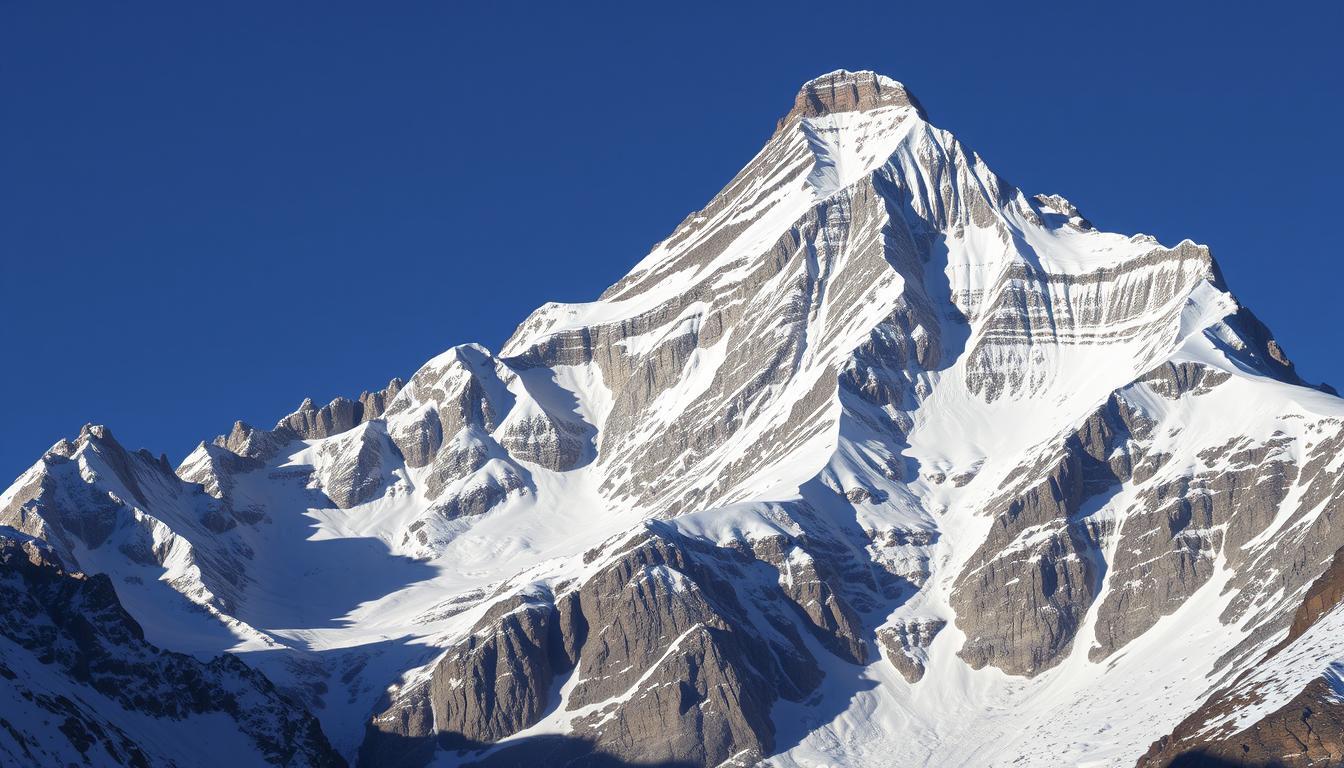
17 Days
Labuche Peak
NPR 1000 Per Person
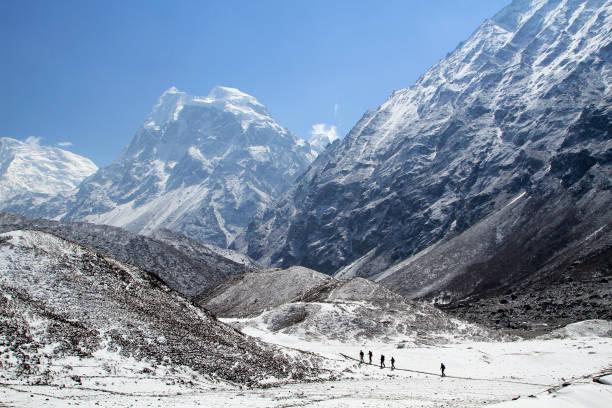
10 Days
Langtang Trek
NPR 1000 Per Person
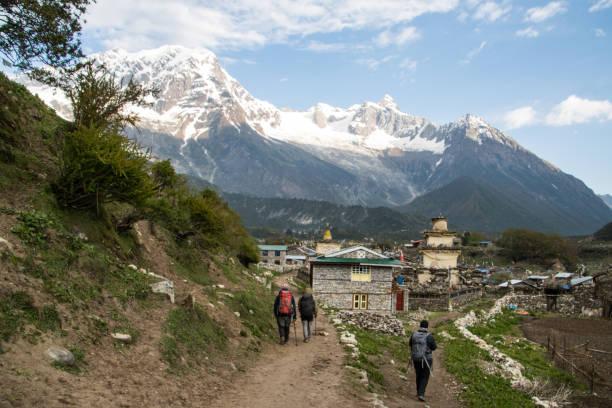
16 Days
Manasalu Larke Pass Trek
NPR 100 Per Person
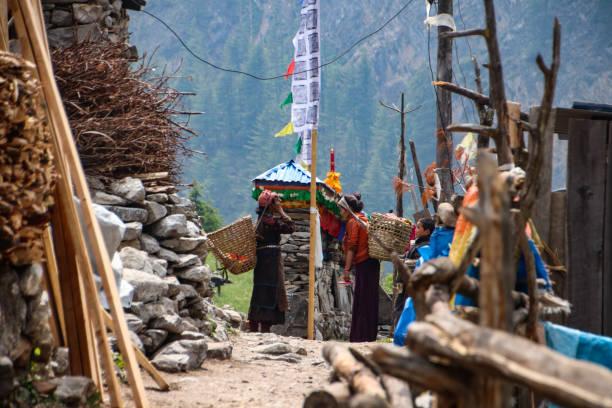
20 Days
Manasalu Tsum Valley Trek
NPR 1000 Per Person
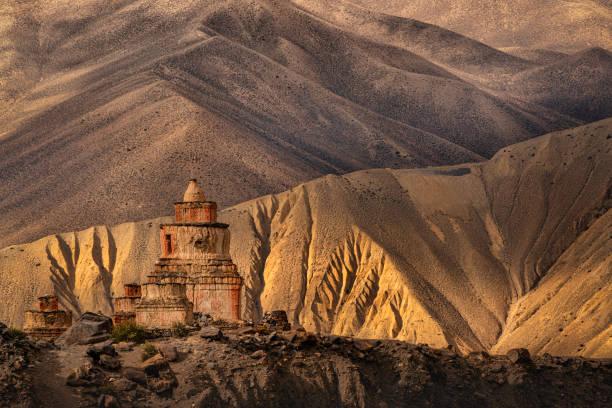
14 Days
Mustang Overland Trek
NPR 1000 Per Person
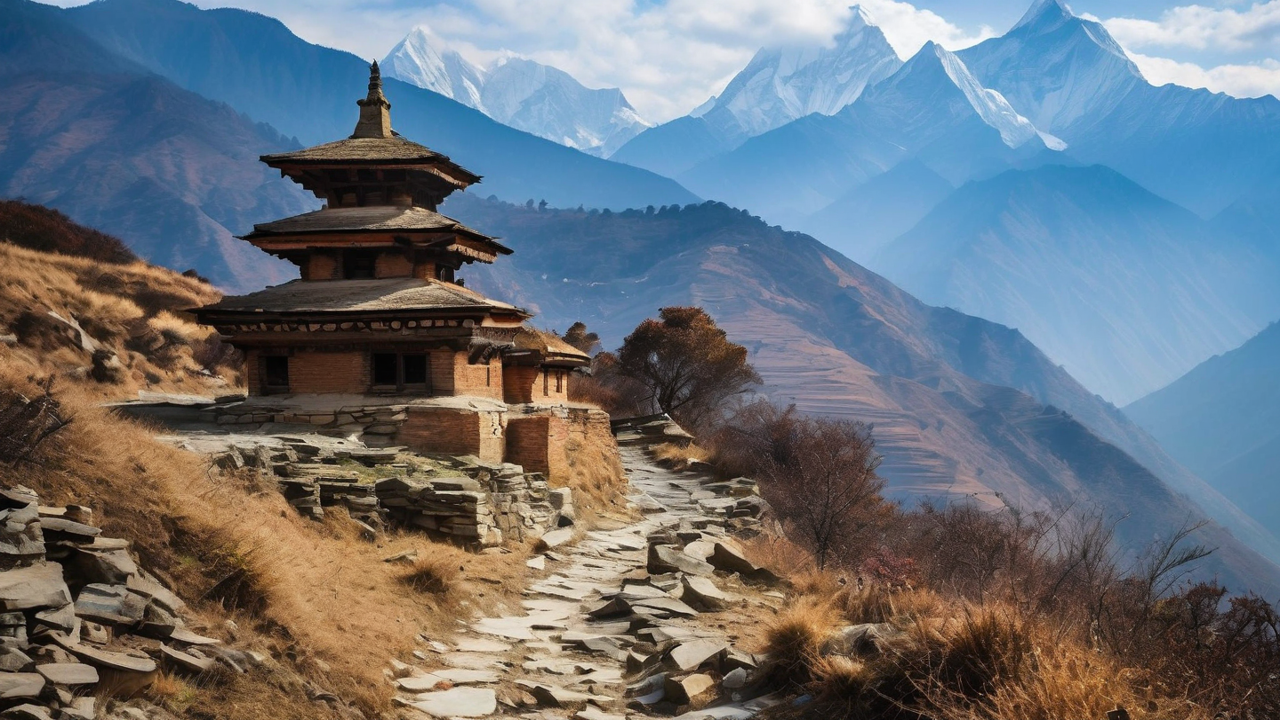
10 Days
Tamang Heritage Trails
NPR 1000 Per Person
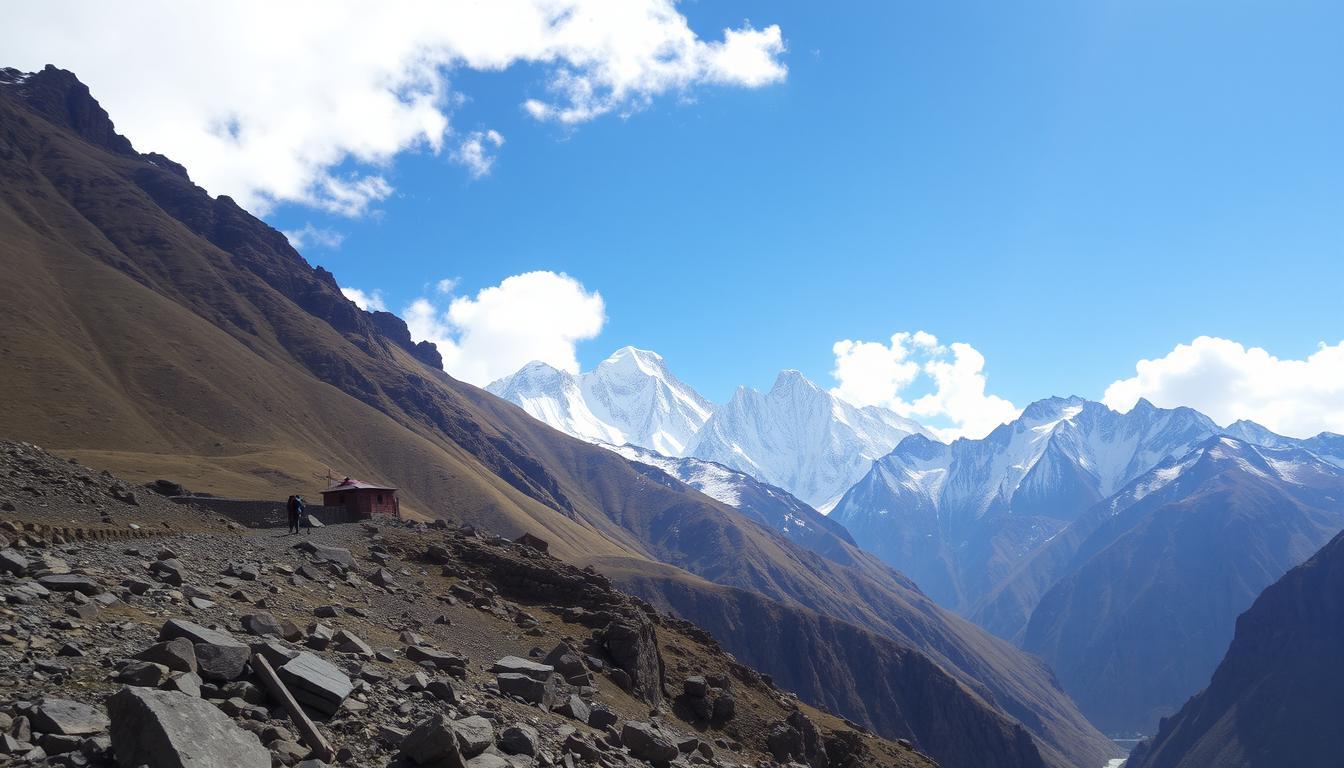
17 Days
Upper Dolpo Trek
NPR 1000 Per Person
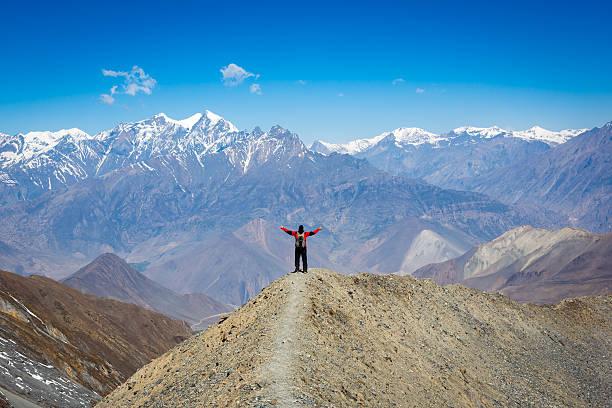
14 Days
Upper Mustang Trek
NPR 100 Per Person
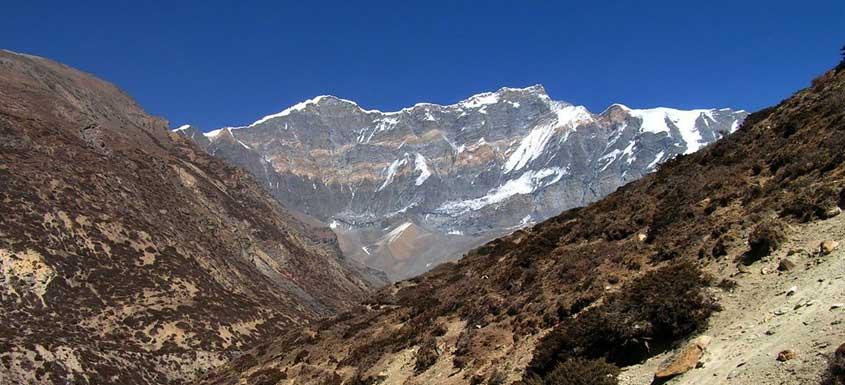
20 Days
Chulu West Peak
NPR 1000 Per Person
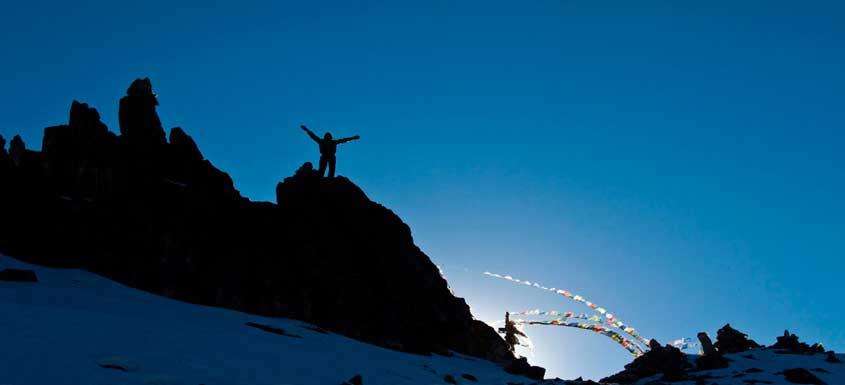
22 Days
Lumba Sumba Peak
NPR 1000 Per Person
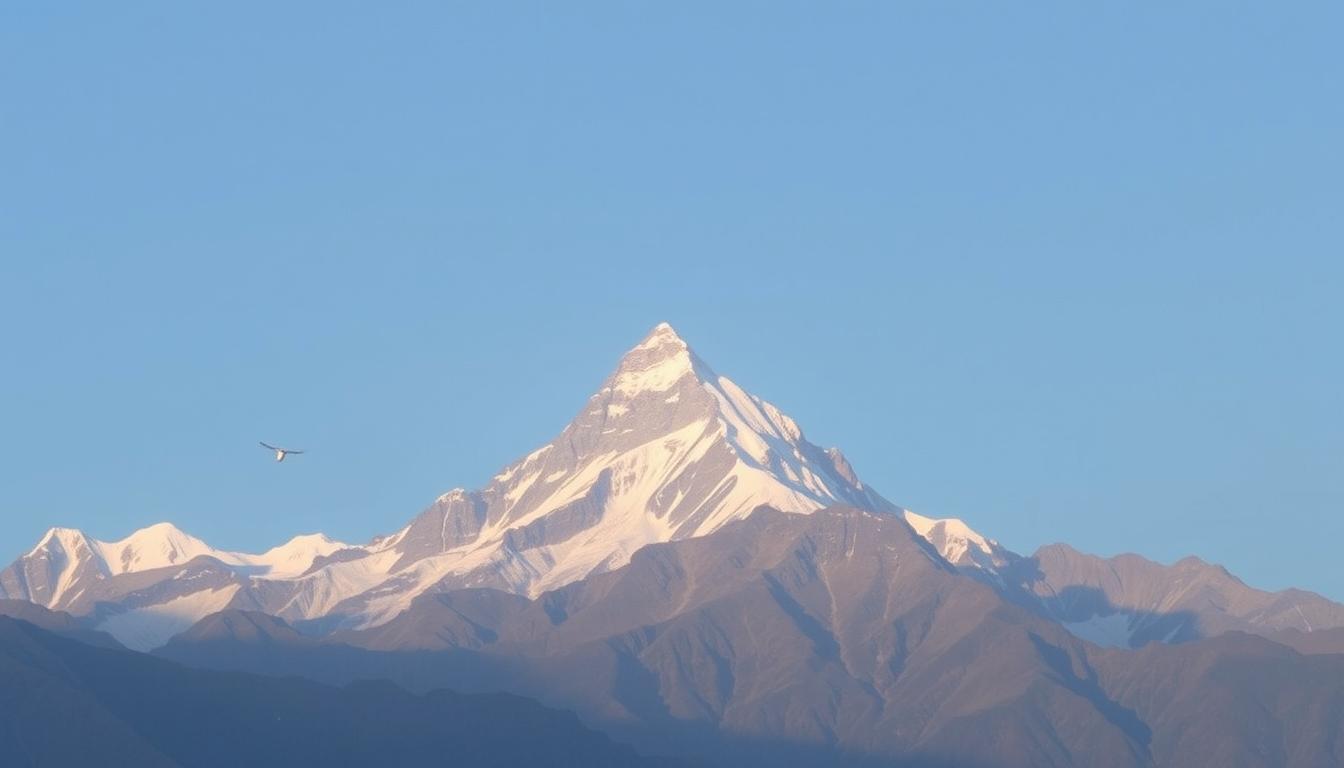
21 Days
Mardi Himal Peak
NPR 1000 Per Person
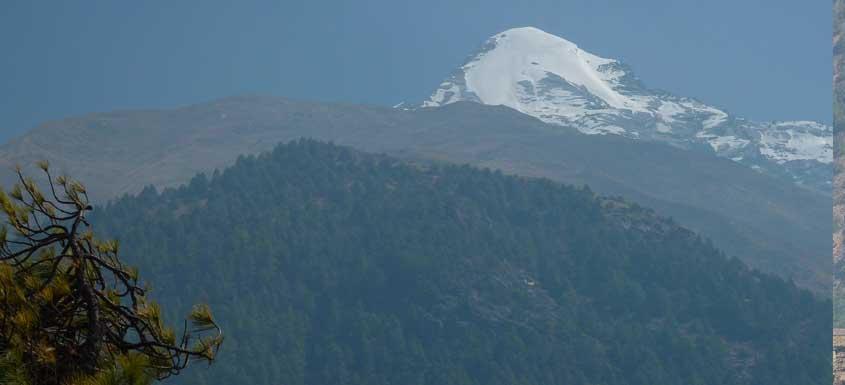
24 Days
Pisang Peak
NPR 1000 Per Person
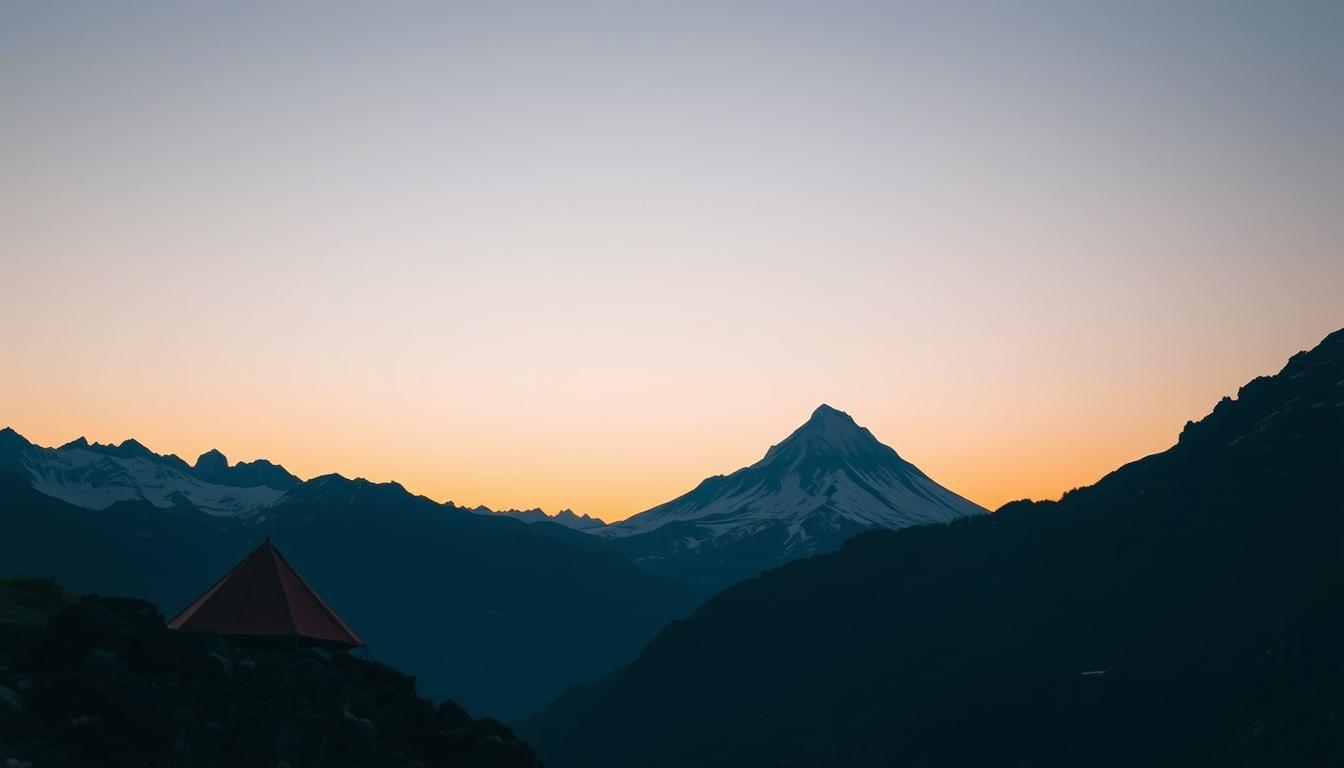
18 Days
Tent Peak (Tarpu Chuli)
NPR 1000 Per Person
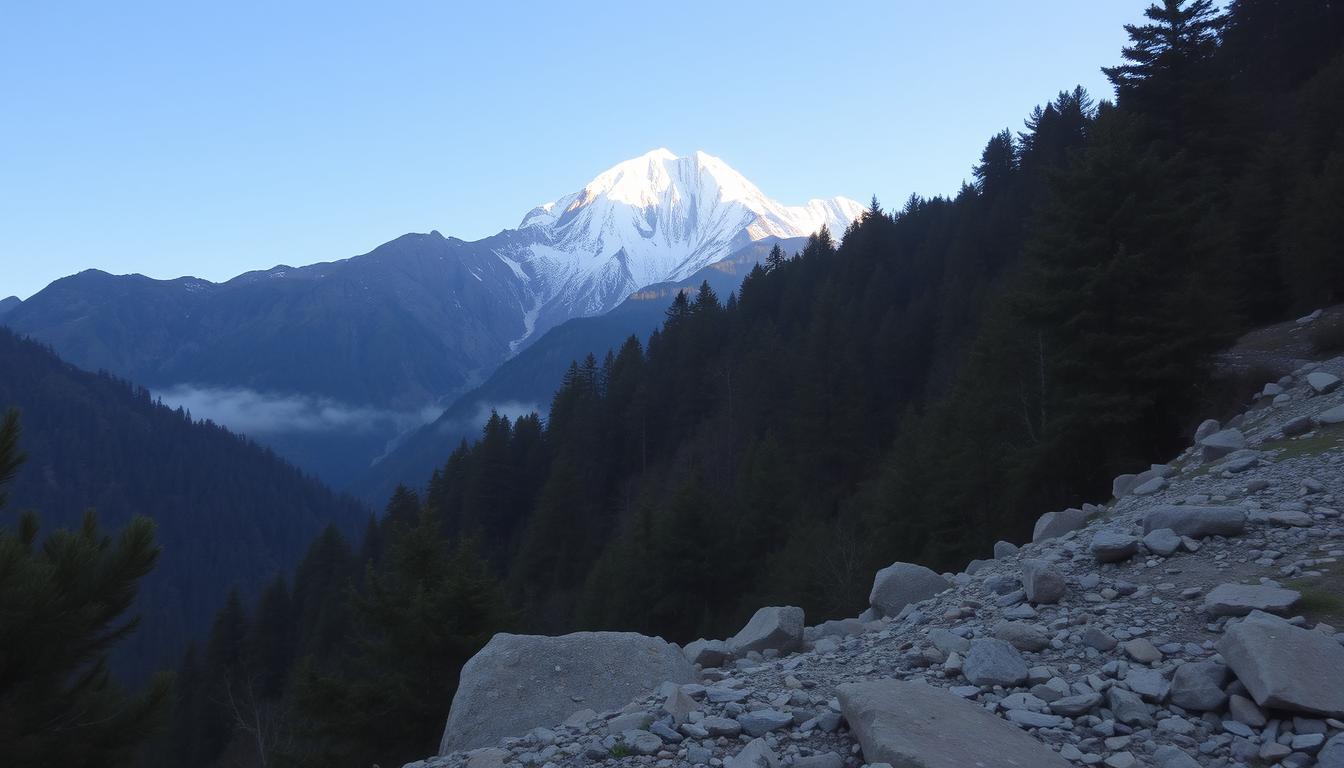
29 Days
Thapa Peak
NPR 1000 Per Person
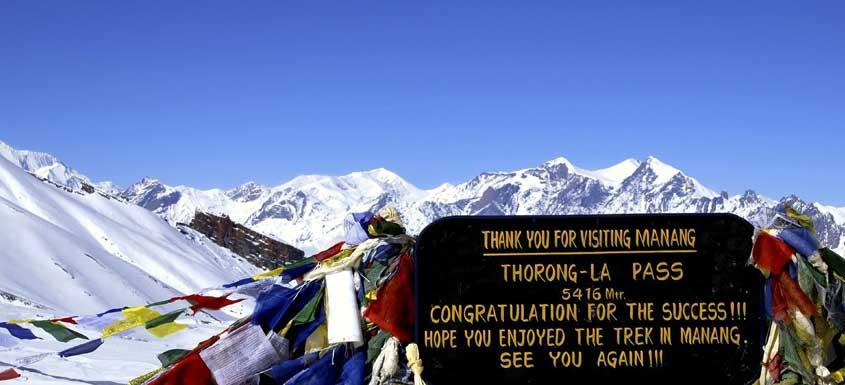
21 Days
Thorong Peak
NPR 1000 Per Person
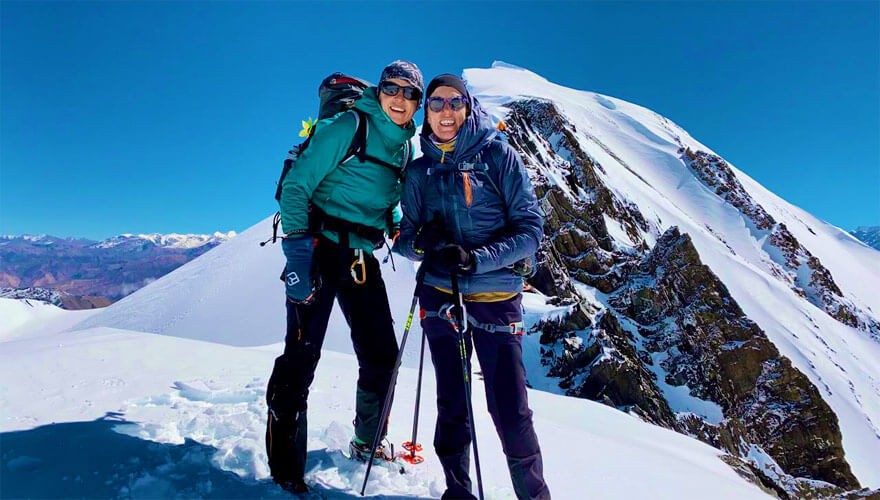
20 Days
Thapa Peak (Dhampus Peak) Climbing: A Complete Expedition Guide
NPR 1000 Per Person
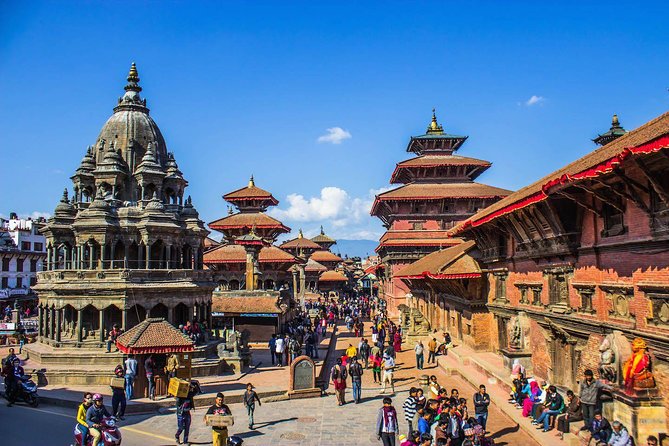
1 Days
Kathmandu City Tour in Nepal
NPR 1000 Per Person
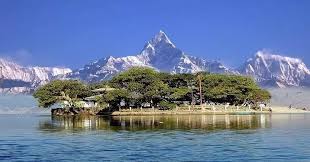
6 Days
Kathmandu-Pokhara Tour in Nepal: The Perfect Blend of Culture and Nature
NPR 1000 Per Person
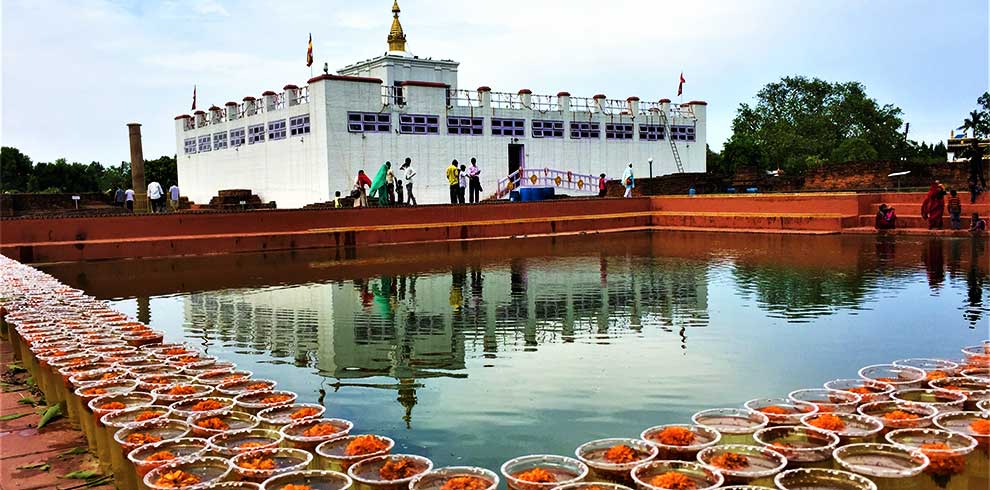
7 Days
Kathmandu–Pokhara–Lumbini Tour in Nepal: A Cultural and Natural Journey
NPR 1000 Per Person
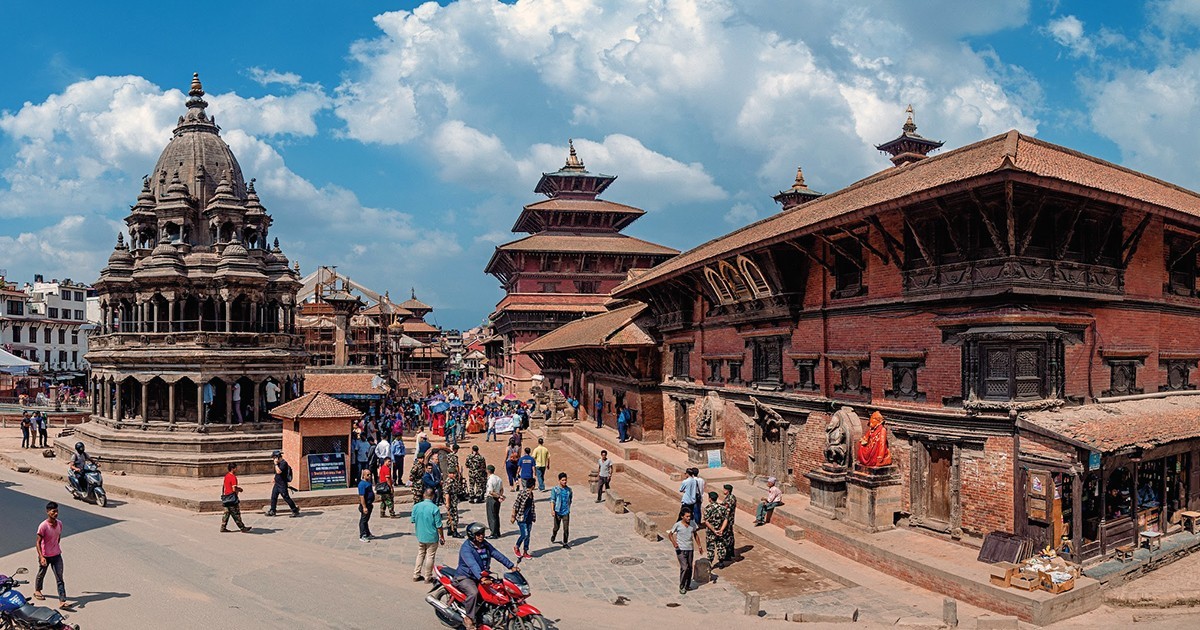
1 Days
Patan City Tour in Nepal: The Timeless City of Art and Architecture
NPR 1000 Per Person
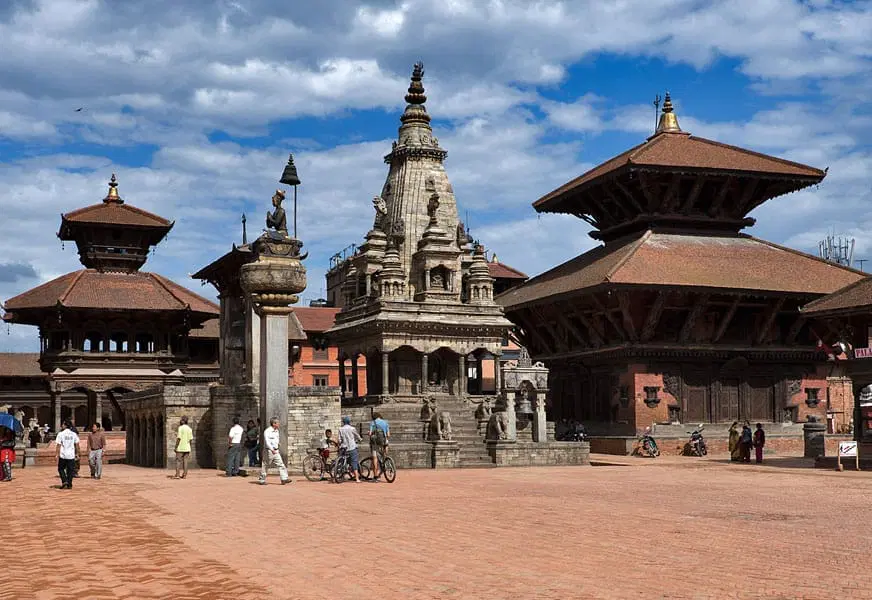
1 Days
Bhaktapur City Tour in Nepal: A Journey into Nepal’s Medieval Soul
NPR 1000 Per Person
